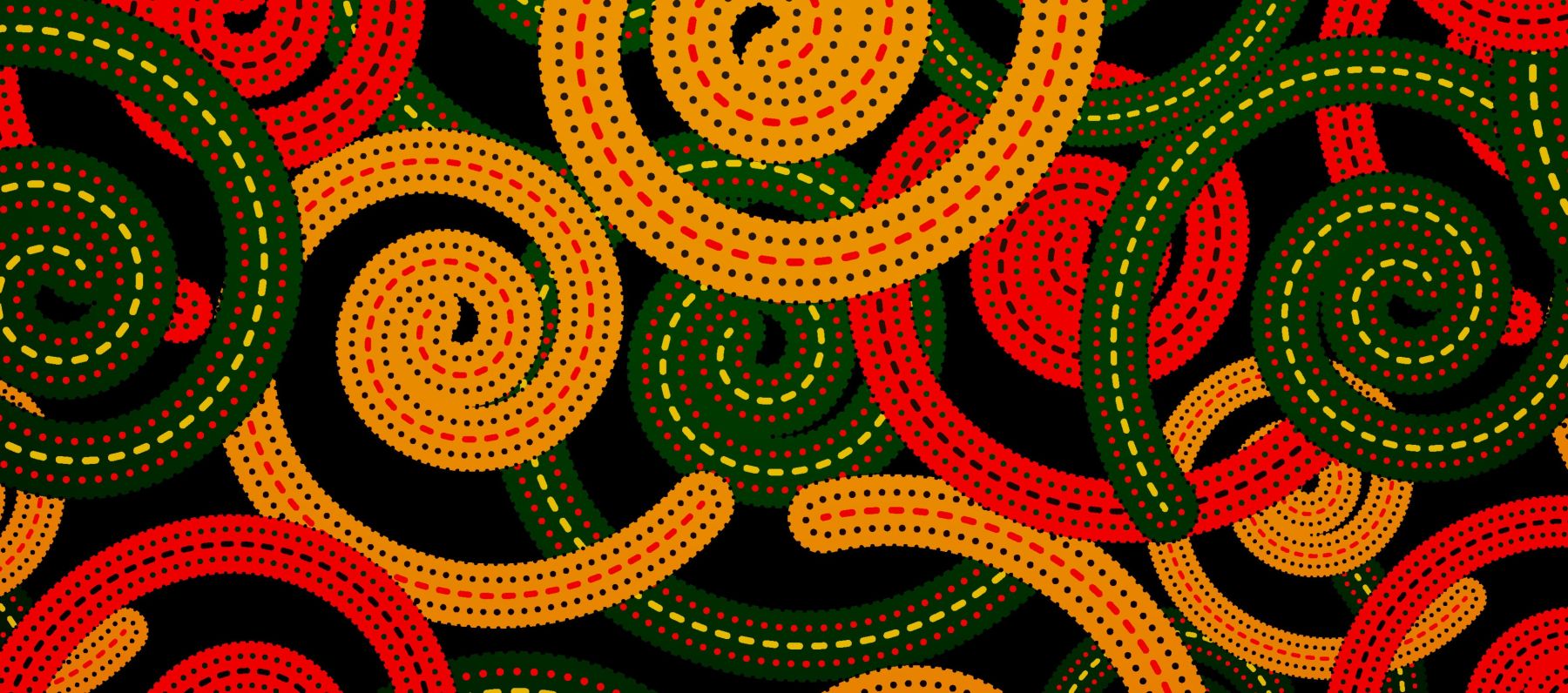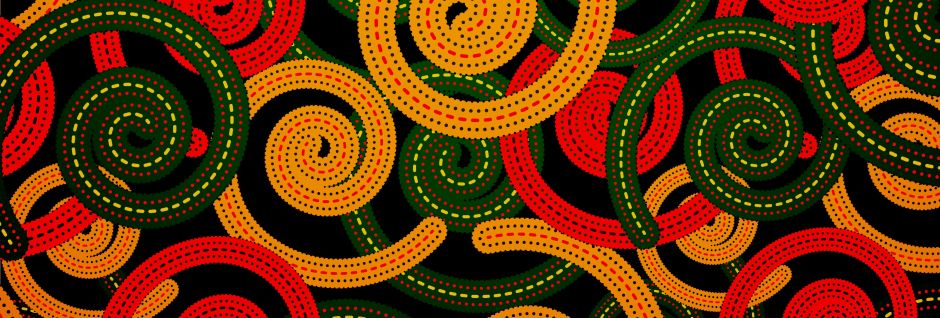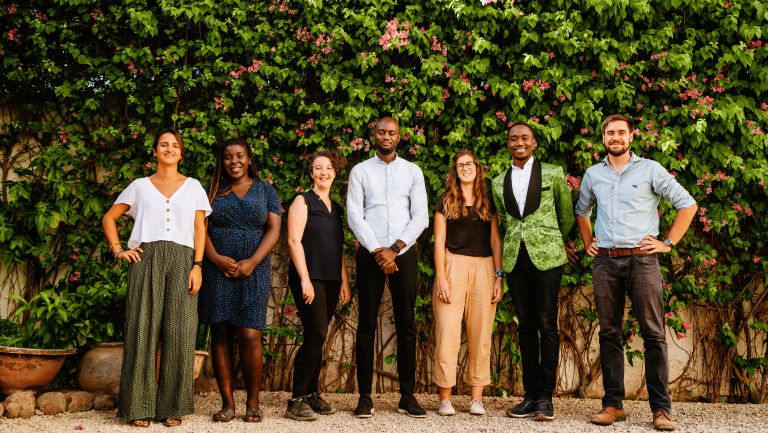Sign up for our monthly newsletter

Want to reach people with disabilities? The first step is simple…
Designing for people with disabilities can be a challenge, particularly in developing or low-income contexts. But a recent project I worked on has left with me plenty of encouragement that it is not only possible but begins with a surprisingly-easy step.
The challenge
Picture us in a small village in the south west of Senegal, about 5km from the border of Guinea-Bissau. We were there looking for opportunities to improve inclusivity for Sexual Reproductive Services for people who live with a disability.
We were working through a collaborative design process with Marie Stopes offices in Senegal and Sierra Leone, Disabled Peoples Organisations (DPOs), such as the Sierra Leone Union on Disability Issues, Leonard Cheshire, and ThinkPlace Global. Our hope was that solutions trialled here could be extended out across West Africa more broadly.
At a local school, our outreach team talked to a group of women about their rights to determine when, and if, they have children. We showed the group short- and long-term methods for family planning – from the IUD, to condoms, to counting days. For many of the women this was the first-time hearing that it was their right to use such methods to protect themselves from unwanted pregnancy.
This was not just because they lived in a small, remote village. For many of these women, living with a disability meant services that their peers could access (which, in an area like this, were already few) were off-limits. For much of their lives, they had known that people with a disability had no right or were not physically able to have a family, or worse, that their time to have children was determined by the sexual abuse of those who exploited them.

The broader context
Family planning is a challenge in many communities globally. Brilliant organisations have been fighting to raise awareness, increase service provision, and promote free choice for women across Senegal, and indeed across many resource-limited settings in Africa, Asia and the Americas.
In many of these places, persons with disabilities experience barriers which prevent their full participation in society. But it is not the impairment alone that excludes someone from accessing services. It is the impairment plus social, environmental and attitudinal barriers that they experience which result in their exclusion. The world is not designed with their participation in mind.
Often people with a disability are confronted, even from community and health care workers, by assumptions that they cannot have sexual relationships, or should not have families. As a result, buildings continue to be built without accessible design, services continue to be provided with exclusionary communication methods, and community members and health providers continue to harbour unfounded presumptions about what it is like to live with a disability. For too long, meaningfully engaging with the people living in this context has been in the too-hard basket.
But it’s not too hard.
Our design challenge was a rapid one. Within a tight timeframe and under COVID restrictions – could we identify and then develop quick interventions that could make a meaningful impact on the inclusivity of Marie Stopes’ services for people with a disability? We connected with mobile health teams who operate regionally in the country, delivering services. The teams had mobilised specifically to ensure larger representation of people with disabilities during their activities. In just under two weeks we were able to test five tweaks and additions to service delivery directly with people with all manner of impairment – physical, visual, hearing, and intellectual.
What struck me was this: If you want to reach people with disabilities…
Simply ask.
Why was it that during these two weeks we were able to see groups with around 40 per cent representation of people with various disabilities when previously any representation was rare?
In his Strategic Design book Dark Matter and Trojan Horses, Australian designer Dan Hill talks about the value of a ‘Trojan Horse’ – that is, a design project where the stated purpose can be used to kindle a different, more fundamental and systemic change. In the vast majority of cases, people with a disability are no less able to consent to and receive sexual health services than any other target group. While service providers may need to adapt how the service is delivered, these changes do not need to be complex.
One of our most successful prototypes was a simple image guide – a translation of the typical script the health facilitator used into images. Not only did this increase participation and comprehension for people who were deaf or experienced mental, cognitive, or intellectual disabilities, it was also a useful tool for facilitators who often struggle to communicate the complex topic across linguistically diverse communities.
How you ask matters.
The most impactful change that I observed was simply the will to mobilise in partnership with disabled people’s organisations to ensure that this often-marginalised population was included. To be proactive about asking for those populations who may otherwise be forgotten to attend. Just the expression of a desire to see them participate was a strong message.
Sahr Pessima, Marie Stopes Sierra Leone’s Outreach Channel Lead, saw the same thing when they continued on with the process.
One of the biggest surprises is the easy way in which persons with disabilities assemble together beats my imagination. I thought how do we reach these persons they are scattered all over, but they mobilised and I met hundreds, they made that so easy for us.
We saw that communities of persons with disabilities are often highly organised. Whether it is a response to the common challenges many of them face, or a result of historic segregation, today that level of organisation can be drawn upon.
The governance structures of persons with disabilities is just wow. When their leaders call them, they come … They want to take ownership and leadership of programmes that affect them.
In seeking to build inclusive services, the focus is rightfully often on how to improve participation at the point of service delivery. This includes things like sign language interpretation and physically accessible infrastructure. These are critical, but they are also often expensive and difficult to implement at scale. Wrestling with the complexity of how to implement these types of interventions can sometimes distract from a key point: these interventions address just a subset of disability inclusion.
I propose that organisations need to take a ‘mobilise first’ approach. This means explicitly listing people with disabilities in population targets and actively engaging with on-the-ground Disabled Peoples Organisations when conducting community mobilisation. The same process is already used when engaging with the chiefs of villages for approval to conduct activities or engaging with school administrators when targeting adolescents. This simple step works to explicitly raise people with disabilities into the consciousness of activity coordinators and, in turn, combats the often-accidental exclusion that can occur.
This is just the first step. There are genuinely complex challenges for delivering inclusive services for people with a disability in Senegal and globally. People with a disability still face formidable challenges in physical access, inclusive communication, and supportive social attitudes and we cannot lose sight of that. The removal of all these barriers, and creating an accessible environment, is not always easy.
But for some, it is as simple as asking.





